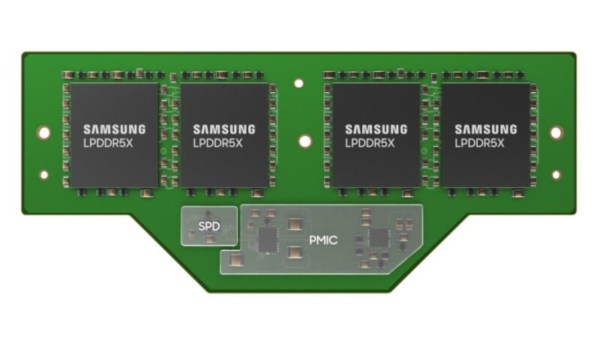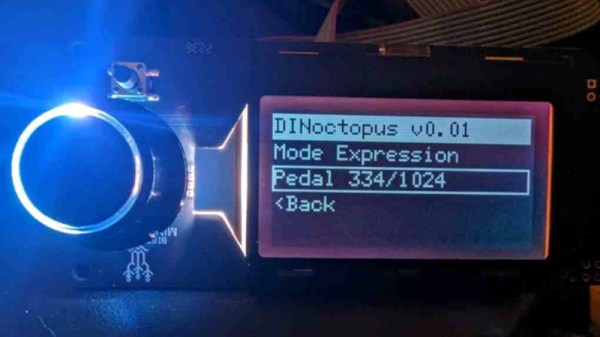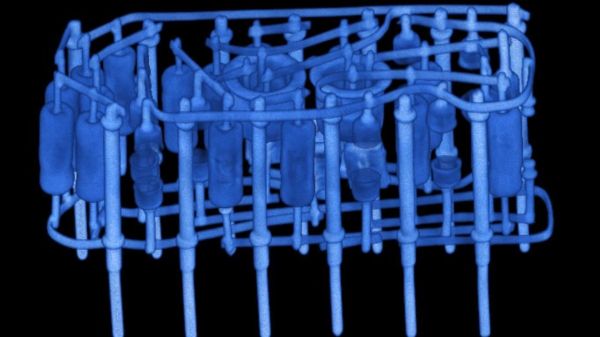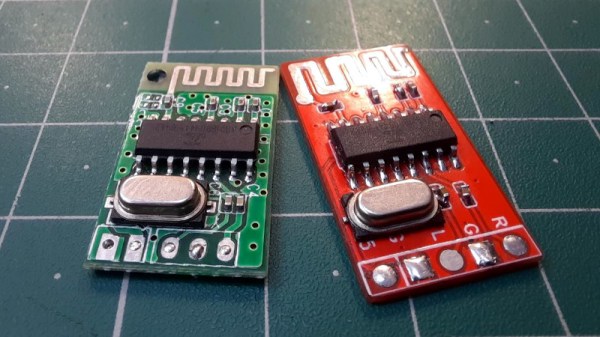Friends, I’ve gotten myself into a pickle and I need some help.
A few years back, I decided to get into solar power by building a complete PV system inside a mobile trailer. The rationale for this doesn’t matter for the current discussion, but for the curious, I wrote an article outlining the whole design and build process. Briefly, though, the system has two adjustable PV arrays mounted on the roof and side of a small cargo trailer, with an integrated solar inverter-charger and a 10-kWh LiFePO4 battery bank on the inside, along with all the usual switching and circuit protection stuff.
It’s pretty cool, if I do say so myself, and literally every word I’ve written for Hackaday since sometime in 2023 has been on a computer powered by that trailer. I must have built it pretty well, because it’s been largely hands-off since then, requiring very little maintenance. And therein lies the root of my current conundrum.

















